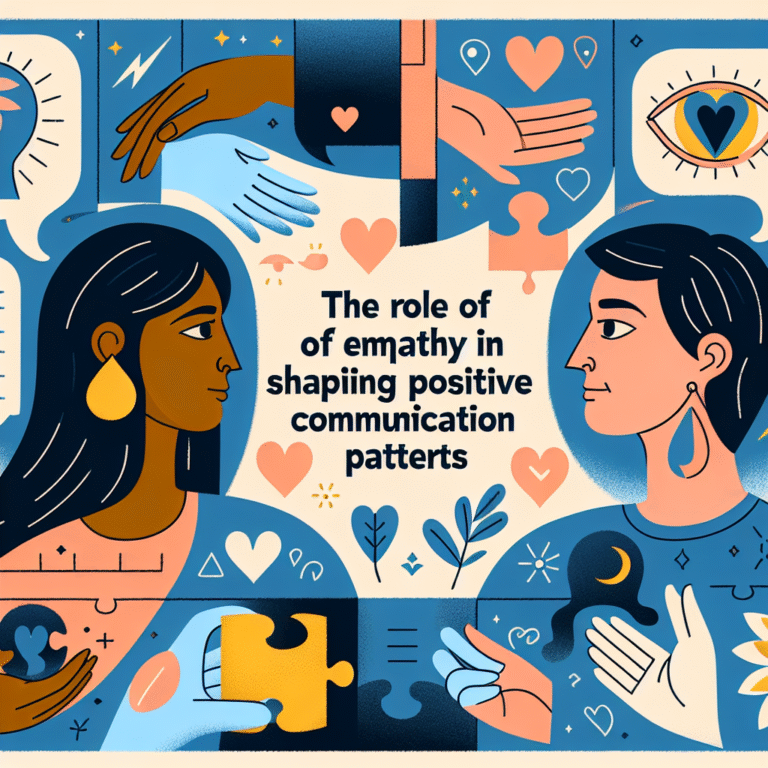
Introduction
In a world often dominated by competition, individualism, and rapid technological advancement, the primitive yet profound virtue of compassion remains a powerful catalyst for change. Compassion—an emotional response that drives individuals to alleviate the suffering of others—can transform lives and communities in remarkable ways. The power of compassion is not just a feel-good sentiment; it is essential for fostering deeper connections, healing emotional wounds, addressing social injustices, and nurturing inclusive environments. This article explores how embracing the power of compassion can lead to transformational changes, touching individual experiences and community dynamics.
The Transformative Nature of Compassion
What Is Compassion?
Compassion can be defined as a sincere awareness of the suffering of others combined with the desire to alleviate that suffering. It often includes empathy, kindness, and a willingness to take action. This section breaks down the facets of compassion and highlights its significance in human interactions.
Compassion vs. Sympathy
While sympathy involves feeling pity for someone’s misfortune, compassion goes one step further, prompting action. Understanding this difference is crucial when considering the power of compassion: transforming lives and communities begins with active participation in alleviating others’ hardships.
Why Compassion Matters
The significance of compassion cannot be overstated. Studies indicate that when individuals practice compassion, they experience elevated happiness levels, reduced anxiety, and improved resilience (Holt-Lunstad et al., 2010). For communities, compassion fosters a culture of support and inclusivity, ultimately leading to decreased social strife.
Table 1: Benefits of Compassion
| Individual Benefits | Community Benefits |
|---|---|
| Improved mental health | Stronger social bonds |
| Higher levels of happiness | Lower crime rates |
| Enhanced resilience | Better conflict resolution |
| Increased empathy | Greater collaboration |
Case Studies of Compassion in Action
1. The Random Acts of Kindness Movement
One of the most illustrative examples of the power of compassion is the Random Acts of Kindness movement. This initiative encourages individuals to perform spontaneous acts of kindness in everyday situations.
Analysis: The movement has inspired communities worldwide, leading to a measurable increase in happiness and connectedness. Research shows areas heavily engaged in these acts see lower stress levels and greater community cohesion.
2. The Compassionate Cities Initiative
Cities like San Francisco and Salt Lake City have launched programs to integrate compassion into urban planning and policy. These cities have worked to develop social programs aimed at reducing homelessness and promoting mental health awareness.
Analysis: By embedding compassion into city governance, these initiatives have transformed lives through coordinated community support, empowering individuals to improve their circumstances and enhancing the overall quality of life in the city.
3. The Art of Compassion Project
This project in schools encourages students to express empathy through art. Projects include creating murals depicting community heroes, organizing kindness weeks, and initiating peer counseling programs.
Analysis: This approach fosters a sense of belonging among students, combats bullying, and creates environments where compassion flourishes, demonstrating that communities invested in compassion often yield more engaged citizens.
How to Cultivate Compassion in Daily Life
Practicing Mindful Compassion
Mindfulness meditation can significantly increase one’s compassionate response. Regular practice allows individuals to understand their feelings and connect better with others.
Volunteering Within Your Community
Engaging in community service is an excellent way to develop compassion. Volunteering exposes individuals to various life experiences, fostering empathy for others’ struggles and enhancing the ability to offer meaningful support.
Encouraging Open Dialogues
Cultivating compassion requires open communication channels. Initiatives like community forums and dialogues help to build trust, allowing individuals to share hardships and experiences. These platforms can dismantle prejudices and cultivate a compassionate community environment.
The Ripple Effect of Compassion
Transforming Families
Compassion starts at home. When family members practice compassion toward one another, it not only strengthens familial ties but also sets an example for children, leading to a cycle of compassionate behavior that extends into society.
Impact on Education
Compassionate schools create environments where students feel safe and valued, leading to improved academic performance and emotional wellbeing. Schools teaching compassion as part of their curriculum can inspire children to become leaders in empathy.
Healing Communities
Communities that embrace compassion see the reduction of social issues such as violence and poverty. By supporting one another, residents can implement changes that foster equality, promote social justice, and elevate collective well-being.
Conclusion
The power of compassion is an invaluable resource capable of transforming individual lives and enriching communities. As we navigate complex societal challenges, the foundational virtue of compassion can bridge divides, foster understanding, and create lasting change. The journey toward a more compassionate world requires commitment, mindfulness, and action. By embracing the power of compassion, we can cultivate a culture that uplifts, empowers, and transforms lives at every level.
Call to Action
To harness the power of compassion in your life, start small. Engage in acts of kindness, practice empathy, and promote understanding among peers. Each compassionate act creates ripples that can lead to significant transformations in your community. Let’s initiate a movement of compassion together—transform lives and communities, one act at a time.
FAQs
1. What are some practical ways to practice compassion daily?
You can practice compassion through random acts of kindness, volunteering, offering support to those in need, and simply being present for someone who is experiencing a tough time.
2. How does compassion benefit those who give it?
Research shows that practicing compassion can lead to increased happiness, reduced stress, and enhanced mental health for the giver as well.
3. Can compassion be taught?
Yes, compassion can be nurtured through education and mindful practices. Schools and communities can implement programs that encourage empathetic behavior and emotional intelligence.
4. What role does compassion play in leadership?
Compassionate leadership fosters trust, encourages collaboration, and motivates teams. Leaders who prioritize compassion create environments where individuals feel valued and supported.
5. How can I encourage compassion within my community?
You can start by organizing community events focused on kindness, initiating dialogues about community issues, and promoting volunteer opportunities that allow residents to engage and support one another.
By embracing the power of compassion: transforming lives and communities, we can create a world that values empathy and fosters healing for all.

















